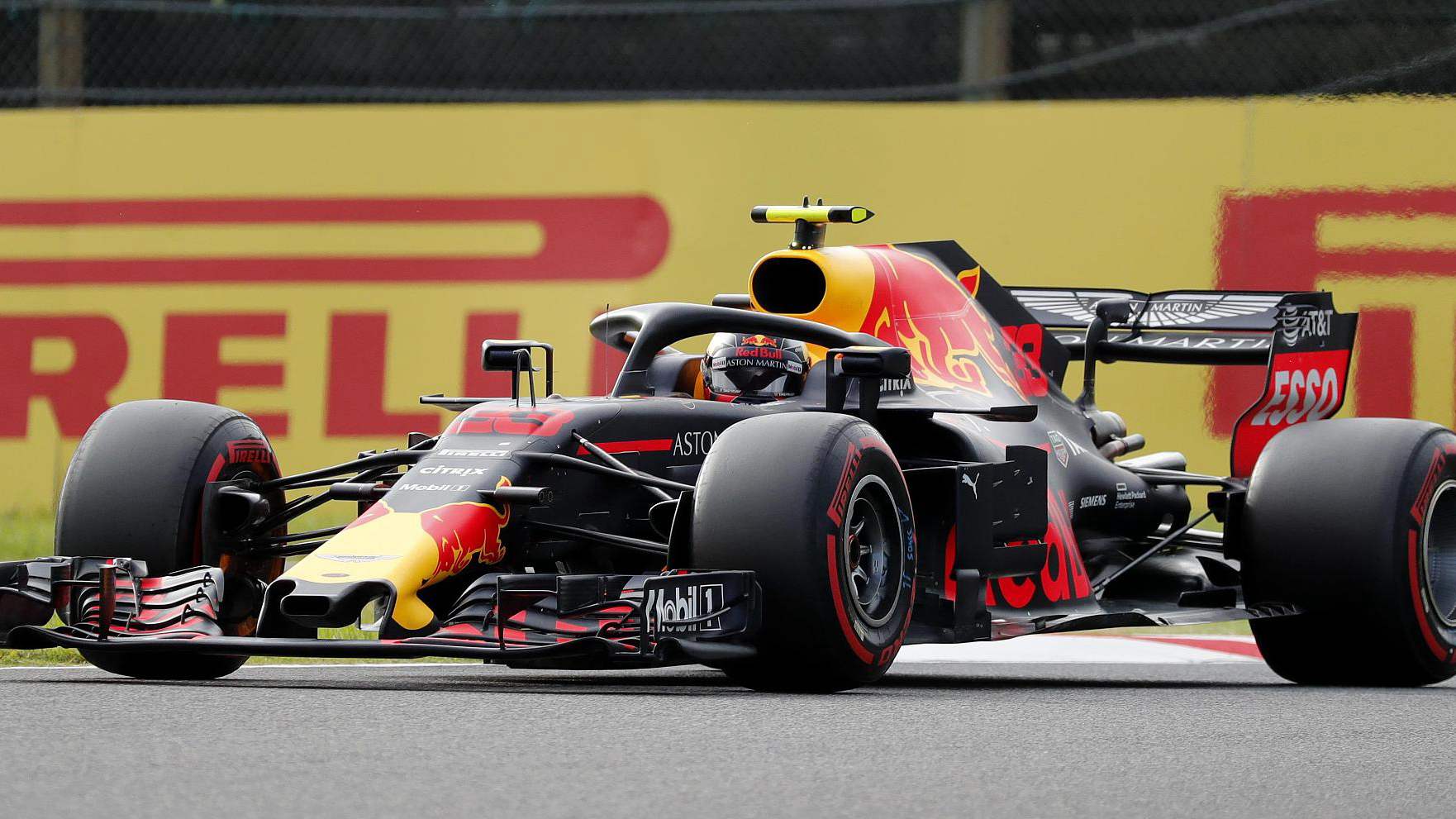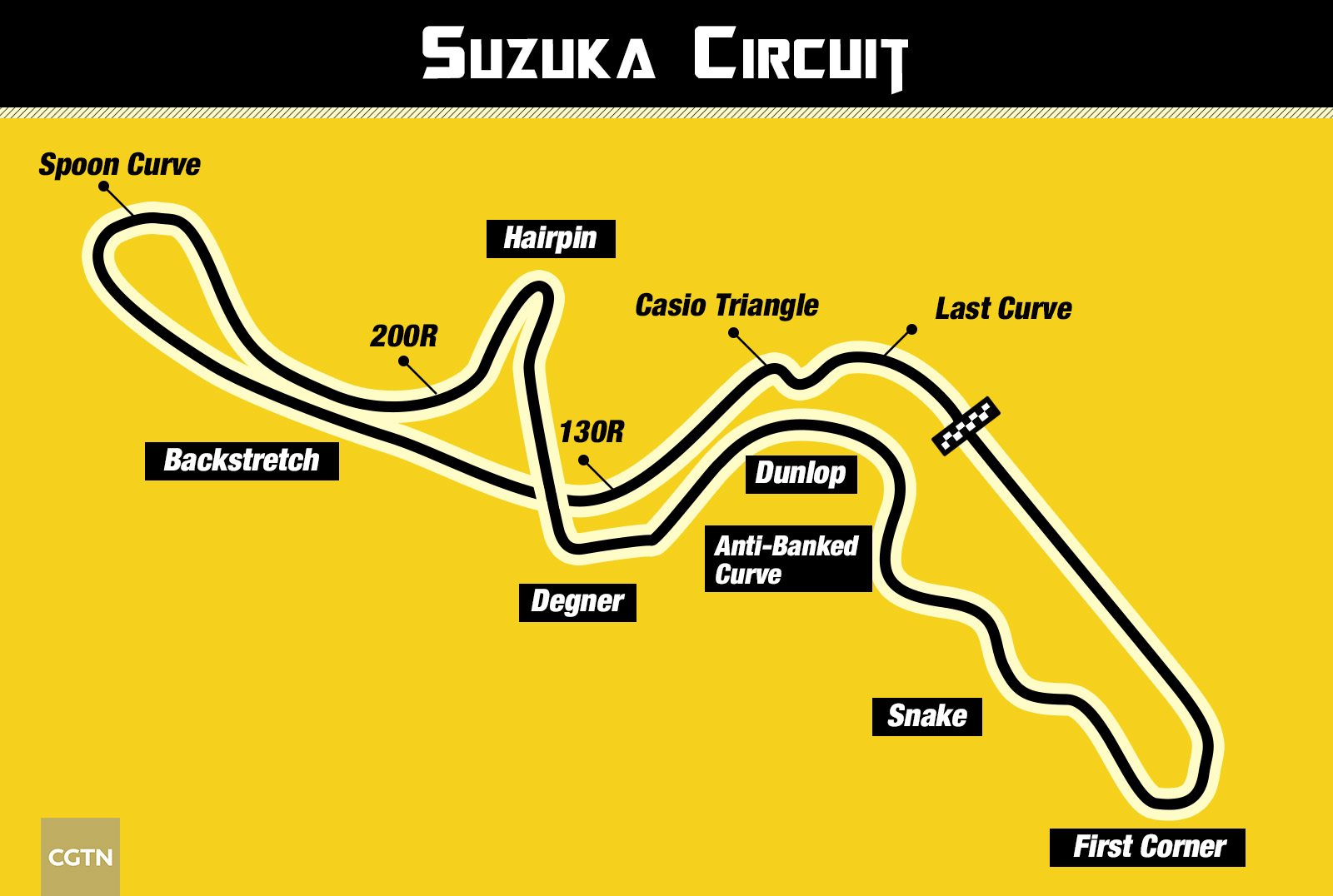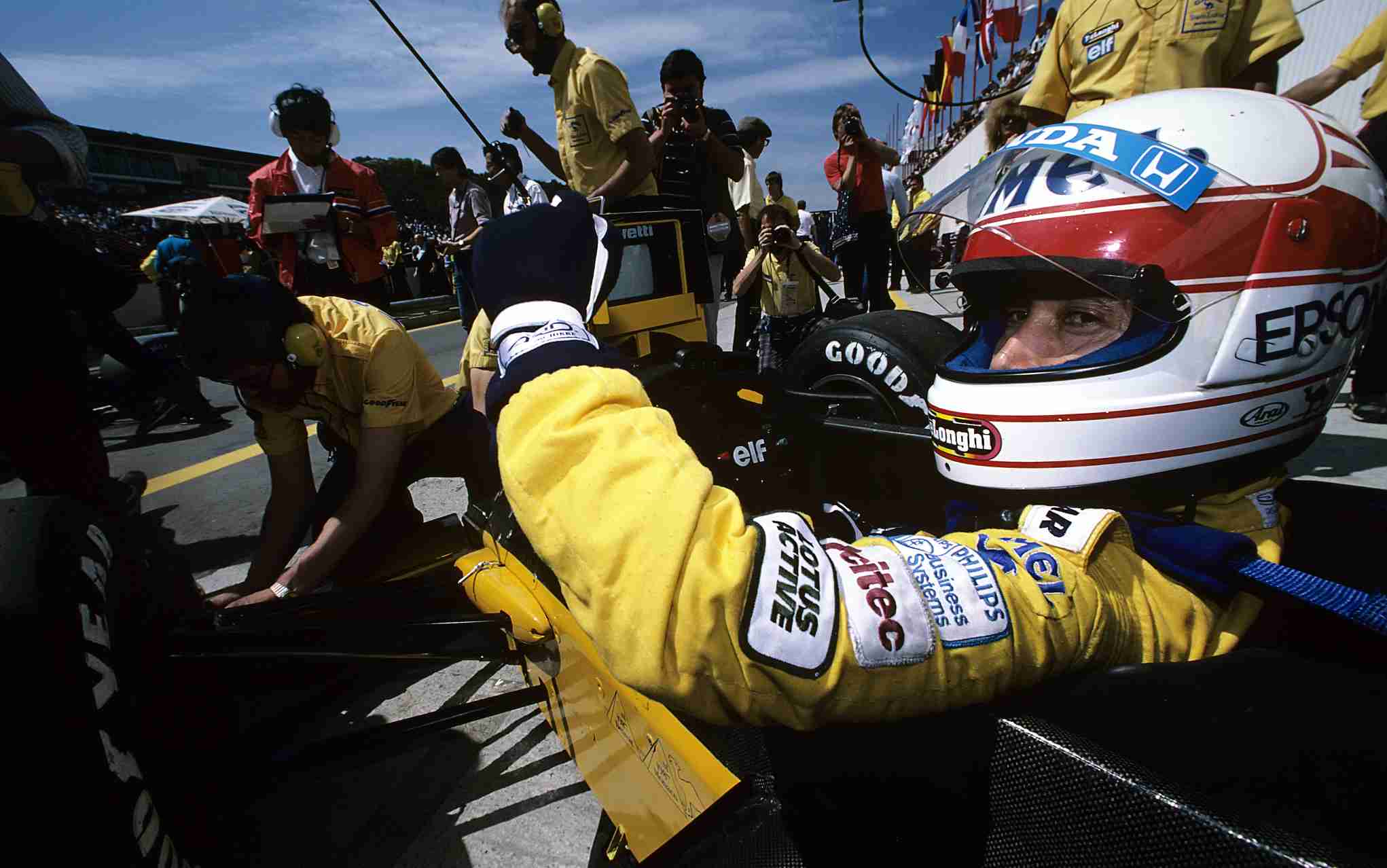
Sports
20:07, 07-Oct-2018
Suzuka Circuit: The birthplace of Formula One Japanese Grand Prix
Updated
20:08, 10-Oct-2018
Chen Rong

Sunday has marked the 30th anniversary of the Japanese Grand Prix at the Suzuka Circuit, Japan's motorsport race track in seaside Suzuka city, Mie prefecture.
Japanese engineer and industrialist Soichiro Honda, who established the Honda Motor Cooperation in 1948, was determined to building a permanent circuit in Mie prefecture in the 1950s. Then, Honda found John Hugenholtz, who was fond of cars and had designed a variety of Formula One circuits which earned fame for their challenging nature and innovative features.
The Dutchman designed the Japanese circuit in 1962 and Honda originally used it as a test track.

Suzuka Circuit has a unique layout of figure eight with 17 turns at the length of 5.807 kilometers. /Li Jingjie
Suzuka Circuit has a unique layout of figure eight with 17 turns at the length of 5.807 kilometers. /Li Jingjie
After four times' modifications, the unique layout of figure eight circuit has become one of the most classic Formula One tracks. It is 5.807 kilometers long with 17 turns.
According to the Guardian reporter Giles Richards, "Suzuka is where the best are tested and success is held in the highest regard."
"The circuit combines a requirement for inch-perfect judgment with a reward for pushing to the limit and a fearsome risk for anyone found wanting," Richards added.
So far, five configurations can take place at the circuit: The car full circuit, the motorcycle full circuit, the Suzuka east, the Suzuka west car, and the Suzuka west motorcycle. From west to east, the track includes spoon curve, backstretch, 200R, hairpin, 130R, Degner, Casio Triangle, Dunlop, anti-banked curve, last curve, snake, and the first corner.
In specific, Degner was named after German professional Grand Prix motorcycle road racer Ernst Degner, after he crashed his car during the Suzuka's inaugural All Japan Championship Road Race meeting on November 3, 1962. At that time, Degner was hired by the Japanese motor company Suzuki in 1961 to work in the Suzuki race-shop. He then designed Suzuki's 50cc and 125cc racing cars and won Suzuki's first world championship in the 50cc class.

Satoru Nakajima sits in his Lotus-Honda racing car during the French Grand Prix, July 5, 1987. /VCG Photo
Satoru Nakajima sits in his Lotus-Honda racing car during the French Grand Prix, July 5, 1987. /VCG Photo
Another hero born from the Suzuka Circuit is Satoru Nakajima, 65, the first Japan-born racing cookie in Formula One. He was a regular champion during the Suzuka Series since 1973.
At the age of 34, Nakajima made his Formula One debut and brought the Honda engine to the Lotus team during the 1987 Brazilian Grand Prix on April 12, marking him as the oldest debutant of the modern era.
He founded the Super Formula and Super GT team Nakajima Racing in 1983. The team comprising of drivers across the world has fielded four championship winners in the Formula Nippon or Formula 3000, racing series.

SITEMAP
Copyright © 2018 CGTN. Beijing ICP prepared NO.16065310-3
Copyright © 2018 CGTN. Beijing ICP prepared NO.16065310-3